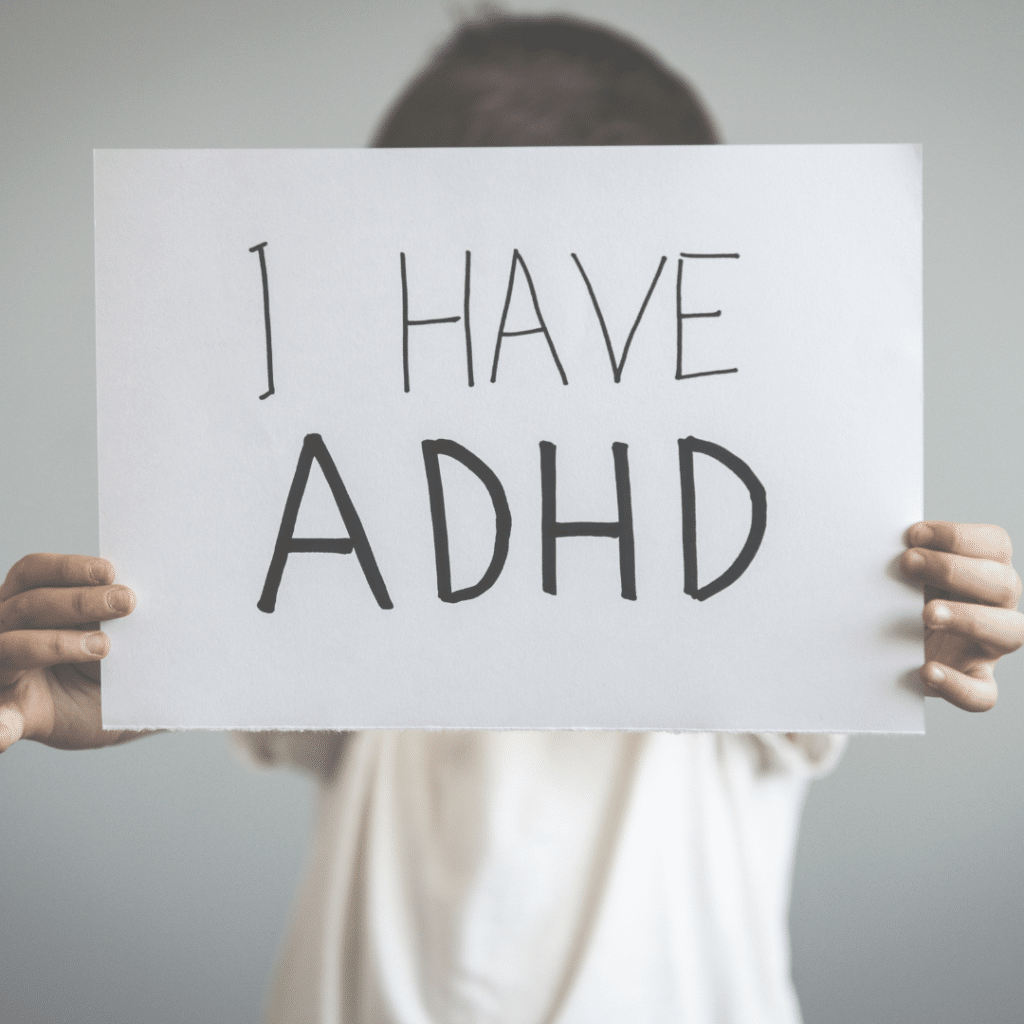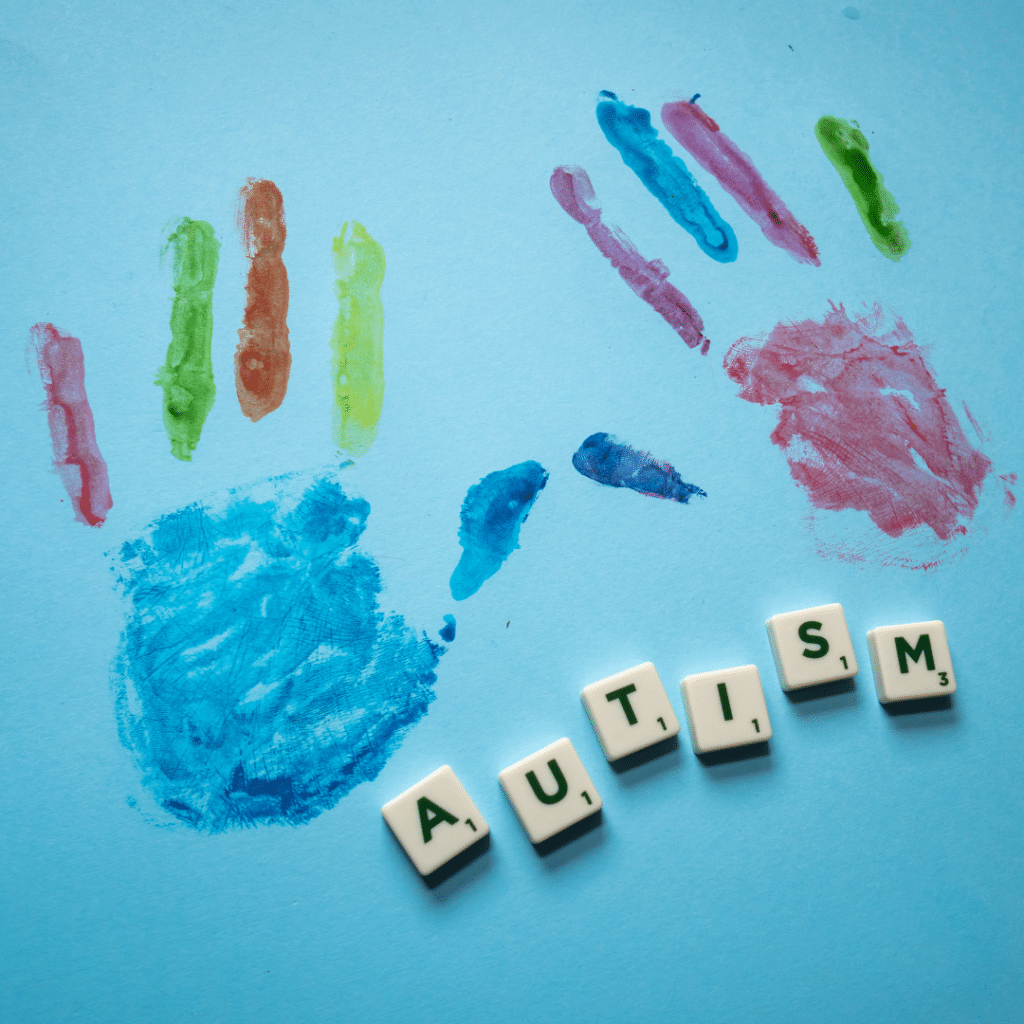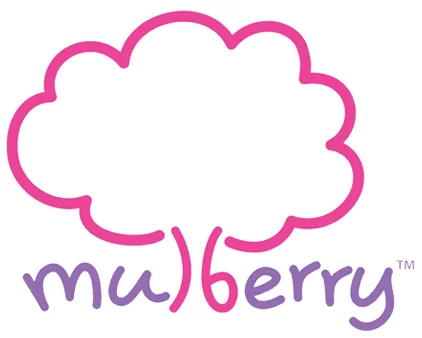Spotting Learning Delays in Preschoolers: Signs, Symptoms, and Solutions
Spotting Learning Delays in Preschoolers: Signs, Symptoms, and Solutions
Discovering that your child in preschool has a developmental delay in their learning milestones can evoke a complex array of emotions for a parent. Initially, there might be a sense of confusion and disbelief, and you might be wondering why your child is facing these challenges when other children seem to be progressing.
To parents facing these challenges, know that you are not alone on this journey. The road ahead may seem daunting, but every step you take in supporting your child is a testament to your strength and love. It’s okay to feel overwhelmed at times, and it’s okay to seek support from professionals, educators, and other people who understand these conditions.
It is helpful to have a basic understanding of some of the most common learning delays that might be impacting your child’s progress. By recognizing the signs and characteristics of these conditions, you can better advocate for your child’s needs and work collaboratively with professionals to create effective support.

While learning delays can manifest in various ways, they often stem from underlying conditions or disorders that affect a child’s development. The most common learning delays range from Global Developmental Delays (GDD) to more specific disorders like Attention Deficit Hyperactivity Disorder (ADHD) and Autism Spectrum Disorder (ASD). Let’s take a look at the signs and symptoms of each condition, the potential challenges a child may face, and the most effective strategies and interventions tailored to their specific needs.
Global Developmental Delay (GDD)
Global Developmental Delay (GDD) is characterised by significant delays in achieving developmental milestones across multiple areas of functioning.
Signs and Symptoms of GDD:
- Delayed motor skills: Difficulty in sitting, crawling, walking, or other gross motor movements.
- Delayed speech and language development: Difficulty in babbling, forming words, or expressing thoughts verbally.
- Cognitive delays: Slower progress in understanding concepts, problem-solving, and learning new skills.
- Social and emotional delays: Challenges in interacting with others, understanding social cues, or forming relationships.
- Delayed self-help skills: Difficulty in feeding, dressing, or toileting independently.
- Behavioural issues: Displaying behaviours such as aggression, tantrums, or repetitive movements.
- Sensory sensitivities: Overreacting or underreacting to sensory stimuli such as light, sound, touch, or taste.
Getting ready for bed is often a challenging time for a child with GDD. The child may struggle with transitions, sensory sensitivities, and understanding the sequence of tasks involved in the bedtime routine.
Solution: Create a visual bedtime routine chart that outlines the steps of the bedtime routine in a clear and visual format, making it easier for the child to understand and follow. Here’s how to implement it:
- Create and display a chart. Use pictures, symbols, or written words to represent each step of the bedtime routine, such as brushing their teeth or putting on their pyjamas.
- Verbally explains the meaning of the chart to your child by pointing to each step. Encourage your child to participate by pointing to the pictures or symbols themselves.
- Guide your child through each step of the bedtime routine, referring back to the visual chart as needed. Use gentle prompts and positive reinforcement to help keep the process on track.
When to use: utilise the visual bedtime routine chart every evening before bedtime to provide structure and support for your child with GDD. It can help reduce anxiety, promote independence, and make the bedtime routine more manageable for both you and your child.

Attention Deficit Hyperactivity Disorder (ADHD)
Attention Deficit Hyperactivity Disorder (ADHD) is categorised by a persistent pattern of inattention and/or hyperactivity-impulsivity that interferes with functioning or development.
Signs and symptoms of ADHD:
- Inattention:
- – Difficulty sustaining attention in tasks or play activities
- – Frequently making careless mistakes in schoolwork or other activities
- – Difficulty organising tasks and activities
- – Frequently losing items necessary for tasks or activities
- Hyperactivity:
- – Fidgety hands or feet
- – Difficulty remaining seated when expected
- – Difficulty engaging in activities quietly
- – Talks excessively
- Impulsivity:
- – Blurting out answers before questions are complete
- – Difficulty waiting for their turn in conversations or games
- – Interrupting others’ conversations or activities
- – Acting without considering consequences
- – Difficulty in delaying gratification
It’s important to note that not everyone with ADHD will display all of these symptoms, and the severity of symptoms can vary. Additionally, symptoms must be present in multiple settings (e.g., home, school, social situations) and interfere with functioning to meet diagnostic criteria for ADHD.
Transitioning from one activity to another can be challenging for preschoolers with ADHD. They may struggle with focusing attention, following instructions, and managing their impulses during these transitions.
Solution: break down the transitions processes into smaller steps and provide clear, simple instructions verbally. For example: if transitioning from playtime to cleanup time, break it down into steps like finishing the current activity, putting away toys, and getting ready for the next activity.

- Clearly explain each step of the transition to your preschooler using simple language and a calm tone of voice. Instead of saying, “It’s time to clean up now,” break it down into smaller instructions like, “First, let’s finish playing with this toy. Then, we’ll put it back in its place, and finally, we’ll get ready for snack time.”
- After giving instructions, ask your preschooler to repeat what they need to do to ensure they understand. Use positive reinforcement and encouragement to support their understanding and cooperation
- Parents can use simple visual cues such as pointing to the next step or using hand gestures to help reinforce verbal instructions.
- Whenever possible, offer your preschooler choices within the transition process to give them a sense of control and autonomy. For example, you can say, “Would you like to put away the blocks first or the puzzle?”
When to Use: apply this approach during transitions between activities throughout the day, such as transitioning from playtime to mealtime, from outdoor play to indoor play, or from one learning activity to another.

Autism Spectrum Disorder (ASD)
Autism Spectrum Disorder (ASD) is different from a developmental disorder as the child can develop on schedule for a time and then stall and start to regress. Child with ASD isn’t necessarily delayed, but, rather, they communicate or act differently.
Signs and symptoms of ASD:
- Social Challenges:
- – Difficulty making eye contact or maintaining a conversation.
- – Difficulty understanding social cues, such as facial expressions, gestures, and tone of voice.
- – Difficulty forming and maintaining relationships with peers.
- – Limited interest in sharing experiences or emotions with others.
- Communication Difficulties:
- – Delayed speech development or lack of spoken language.
- – Difficulty initiating or sustaining conversations.
- – Repetitive or unusual language patterns (repeating words or phrases out of context).
- – Difficulty understanding non-literal language, such as idioms or sarcasm.
- Restricted and Repetitive Behaviours:
- – Engaging in repetitive movements or behaviours, such as rocking, or spinning objects.
- – Insistence on sameness or rigid adherence to routines.
- – Highly focused interests in specific topics or objects.
- – Unusual sensory processing, such as sensitivity to certain textures, sounds, or lights.
- Sensory Sensitivities:
- – Hypersensitivity or hyposensitivity to sensory stimuli, leading to sensory seeking or sensory avoidance behaviours.
- – Overwhelm or distress in environments with high levels of sensory input, such as crowded or noisy spaces.
Early identification and intervention can greatly improve outcomes for individuals with ASD, helping them to develop skills and strategies to navigate the challenges associated with the disorder.
Family gatherings or social events in your home can be overwhelming for a child with ASD due to sensory sensitivities and difficulties with social interaction.
Solution: Create a calm and sensory-friendly space at home where your child can retreat during overwhelming situations.
- Designate a quiet and comfortable area in your home where your child can go to relax when feeling overwhelmed. This space could be a bedroom or a corner of the living room, equipped with sensory-friendly items.
- Make the safe space sensory-friendly by incorporating calming elements such as soft lighting, comfortable seating, weighted blankets, fidget toys, or noise-cancelling headphones.
- Before attending a social event, prepare your child by discussing what to expect and how they can use their safe space if they need a break. Use simple language and visual aids if necessary to help them understand.
- Create a non-verbal signal or code word that your child can use to communicate when they need to retreat to their safe space. This signal can be a hand gesture, a specific word, or a picture symbol.
- Teach your child how to recognise signs of overwhelm or sensory overload and empower them to advocate for their own needs
- After the event, check in with your child to discuss how they felt and what strategies worked well for them.
When to Use: Before, during, and after social events or gatherings where your child may experience sensory overload or anxiety.

There are other learning delays conditions such as auditory processing disorder, visual perceptual deficit, language processing disorder, etc. It is important to seek comprehensive evaluation by a qualified healthcare professional for accurate diagnosis and appropriate management.
For parents facing challenges of learning delays, it’s essential to cultivate a mindset of composure and perseverance. While problems and setbacks may arise along the way, remember that each child’s developmental path is uniquely their own. Your child’s journey is unique, and progress takes time. Avoid getting anxious or frustrated, as your positive attitude and nurturing support are crucial for your child’s development.
Celebrate small progress along the way, and remember that every step forward, no matter how small, is a significant achievement. Trust in your child’s potential and the support of emphatic educators in Mulberry Learning working alongside you. Together, we can nurture your child to cope and thrive despite their challenges.
Mulberry School Tour
Our Locations
Click here to visit our Contact Us page and view the preschool/infant care centres conveniently located near you.
CONNECT WITH US
USEFUL LINKS
About Us
Mulberry Learning prides itself on making the preschool experience both memorable and enjoyable while transforming a child into a competent explorer, an imaginative thinker, and a creative problem solver. Through our proprietary award-winning curriculum, unique Habits of Mind programme and dedicated staff who are passionate about imparting positive attitudes, Mulberry Learning holds strong in its promise to deliver a holistic education that nurtures the Future Ready Child.
A PREMIUM PRESCHOOL BRAND UNDER GLOBAL EDUHUB




